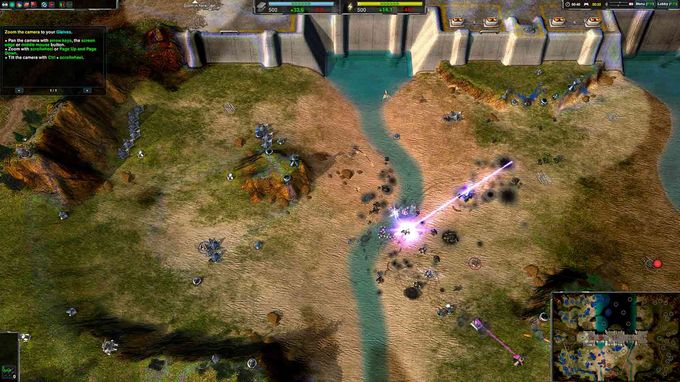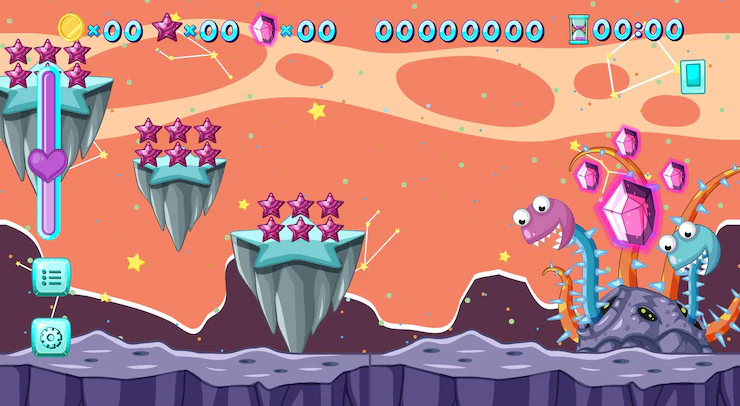
In today’s gaming landscape, where cutting-edge graphics and realistic visuals often take center stage, there is a growing movement towards embracing low-fidelity graphics in modern games. While high-definition graphics have their appeal and can create stunning visual experiences, low-fidelity graphics offer a unique charm and nostalgia that resonates with many players. In this article, we will explore the appeal of low-fidelity graphics in modern games, why they are becoming increasingly popular, and how developers are leveraging them to create captivating gaming experiences.
One of the main reasons why low-fidelity graphics are gaining popularity is the nostalgic factor. Many gamers grew up playing classic video games from the 8-bit and 16-bit eras, where simplistic graphics and pixelated sprites were the norm. For these players, low-fidelity graphics evoke a sense of nostalgia and remind them of the simpler times when gameplay and storytelling were the focus, rather than cutting-edge visuals.
Additionally, low-fidelity graphics can also be seen as a form of artistic expression. By stripping away the complexities of photorealistic graphics, developers are free to explore different art styles and aesthetics that may not be possible with high-fidelity graphics. This allows for more creativity and experimentation in game design, resulting in visually striking and unique games that stand out in a crowded market.
Furthermore, low-fidelity graphics can also be used to enhance gameplay. By simplifying the visuals, developers can focus on gameplay mechanics and storytelling, creating an immersive and engaging experience for players. Games with low-fidelity graphics often rely on strong gameplay mechanics, clever level design, and compelling narratives to keep players invested, rather than relying solely on flashy visuals.
Another appeal of low-fidelity graphics is their accessibility. High-fidelity graphics often require powerful hardware to run smoothly, which can be a barrier for players with older or less powerful devices. Low-fidelity graphics, on the other hand, are more lightweight and can run on a wider range of hardware, making them more accessible to a larger audience. This accessibility allows more players to experience these games and enjoy the unique art styles and gameplay experiences they offer.

In recent years, we have seen a resurgence of low-fidelity graphics in indie games and niche titles, as developers seek to differentiate their games from the mainstream AAA titles with hyper-realistic graphics. Games like “Celeste,” “Undertale,” and “Stardew Valley” have garnered critical acclaim and a loyal fanbase for their charming low-fidelity graphics and engaging gameplay. These games have proven that you don’t need cutting-edge visuals to create a memorable gaming experience.
Developers are also leveraging low-fidelity graphics to evoke specific emotions and themes in their games. By using pixel art or other simplistic art styles, developers can create a retro or minimalist aesthetic that enhances the game’s atmosphere and storytelling. Games like “Hyper Light Drifter” and “Return of the Obra Dinn” use low-fidelity graphics to create a sense of mystery and intrigue, drawing players into their immersive worlds.
Furthermore, low-fidelity graphics can be a practical choice for indie developers with limited resources. Creating high-fidelity graphics can be time-consuming and expensive, especially for smaller studios with smaller budgets. By opting for low-fidelity graphics, developers can focus on gameplay and storytelling, creating a compelling experience without breaking the bank. This allows indie developers to compete with larger studios and bring their creative visions to life without compromising on quality.
As technology continues to advance and graphics become more realistic, the appeal of low-fidelity graphics in modern games is likely to grow. Players are increasingly drawn to the nostalgia, creativity, accessibility, and unique art styles that low-fidelity graphics offer. Developers are embracing this trend and using buy vps hosting it to create innovative and captivating gaming experiences that resonate with players around the world.
In conclusion, low-fidelity graphics have a special charm and appeal that sets them apart from high-fidelity graphics in modern games. Whether evoking nostalgia, enabling artistic expression, enhancing gameplay, or maximizing accessibility, low-fidelity graphics offer a unique and engaging gaming experience that continues to captivate players. As developers continue to explore different art styles and experiment with low-fidelity graphics, we can expect to see more innovative and memorable games that push the boundaries of visual storytelling and gameplay.

